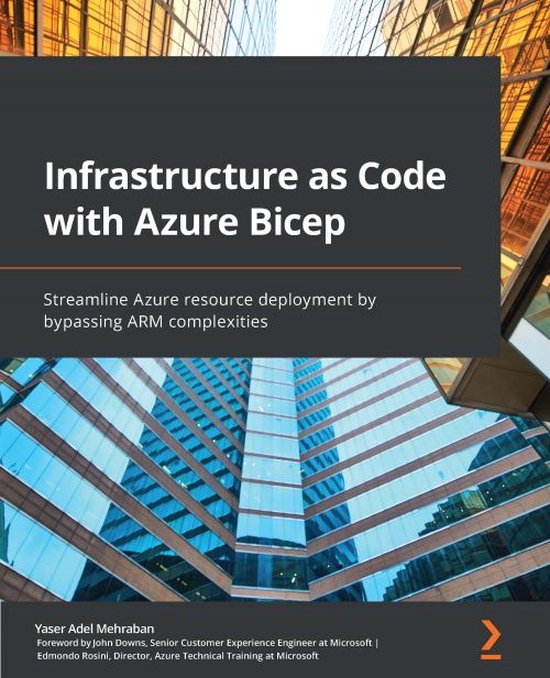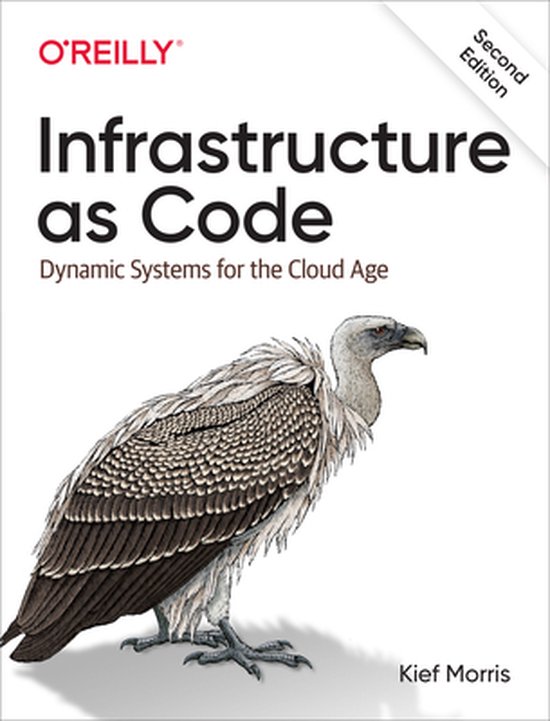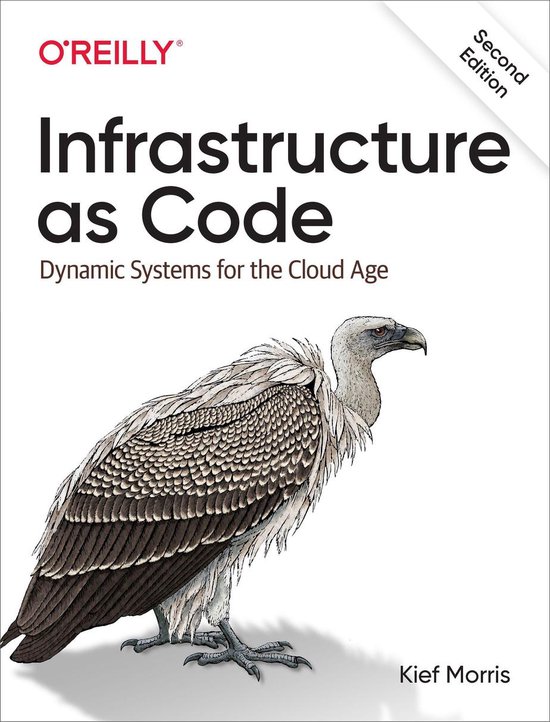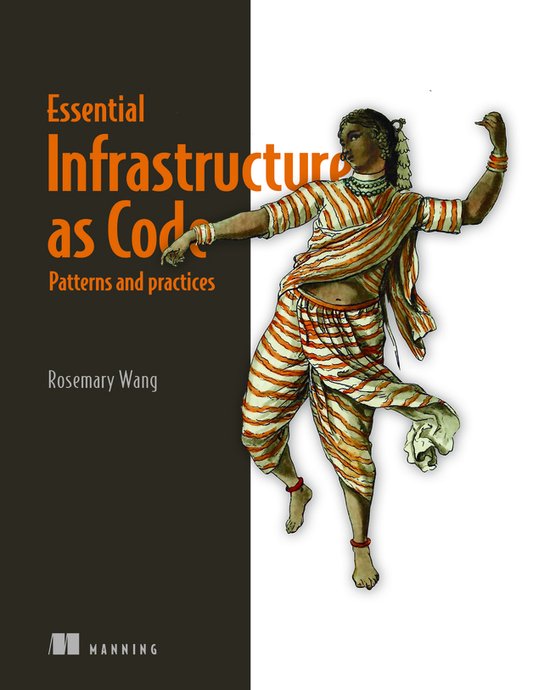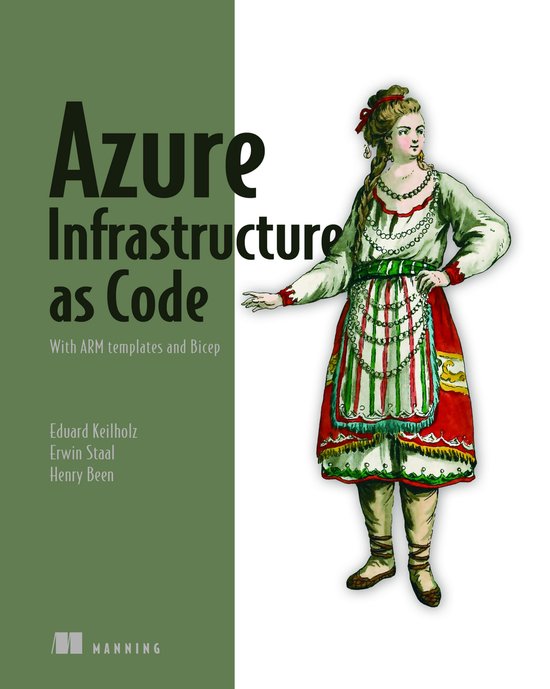
Azure Infrastructure as Code
Azure Infrastructure as Code is a comprehensive guide to seamlessly managing your application infrastructure with Azure's native IaC tools. The book is aimed at supporting collaboration between operations professionals and software developers, to help speed up and improve the quality of software delivery. You'll be introduced to Azure Resource Manager templates and the Bicep domain-specific language, tools that make it a breeze to build declarative templates for Azure infrastructure.
After you master the basics, you'll dive into niche and advanced topics such as testing, reusing templates between multiple teams, and how you can define policy as code. Discover cutting-edge Deployment Stacks, and how they can help you clean up unused resources, group resources in logical containers to help visualize potential changes, and build starting plateaus for other teams to work on. You'll even build a complete CI/CD pipeline using Azure DevOps, which can orchestrate the kind of complex deployment that spans multiple regions.
Azure Infrastructure as Code is a comprehensive guide to seamlessly managing your application infrastructure with Azure's native IaC tools. The book is aimed at supporting collaboration between operations professionals and software developers, to help speed up and improve the quality of software delivery. After you master the basics, you'll dive into niche and advanced topics such as testing, reusing templates between multiple teams, and how you can define policy as code. Discover cutting-edge Deployment Stacks, and how they can help you clean up unused resources, group resources in logical containers to help visualize potential changes, and build starting plateaus for other teams to work on.
About the Technology Infrastructure as code does away with time-consuming manual tasks—no more detailed scripts for creating the correct database or virtual machine. Instead, Azure's native IaC tools create infrastructure from a declarative specification in JSON (ARM) or a domain-specific language (Bicep). They empower users to create or recreate complete infrastructures with just a line of code, as well as take advantage of automation tools like Github Actions or Azure Pipelines.
After you master the basics, you'll dive into niche and advanced topics such as testing, reusing templates between multiple teams, and how you can define policy as code. Discover cutting-edge Deployment Stacks, and how they can help you clean up unused resources, group resources in logical containers to help visualize potential changes, and build starting plateaus for other teams to work on. You'll even build a complete CI/CD pipeline using Azure DevOps, which can orchestrate the kind of complex deployment that spans multiple regions.
Azure Infrastructure as Code is a comprehensive guide to seamlessly managing your application infrastructure with Azure's native IaC tools. The book is aimed at supporting collaboration between operations professionals and software developers, to help speed up and improve the quality of software delivery. After you master the basics, you'll dive into niche and advanced topics such as testing, reusing templates between multiple teams, and how you can define policy as code. Discover cutting-edge Deployment Stacks, and how they can help you clean up unused resources, group resources in logical containers to help visualize potential changes, and build starting plateaus for other teams to work on.
About the Technology Infrastructure as code does away with time-consuming manual tasks—no more detailed scripts for creating the correct database or virtual machine. Instead, Azure's native IaC tools create infrastructure from a declarative specification in JSON (ARM) or a domain-specific language (Bicep). They empower users to create or recreate complete infrastructures with just a line of code, as well as take advantage of automation tools like Github Actions or Azure Pipelines.
| Auteur | | Henry Been |
| Taal | | Engels |
| Type | | Paperback |
| Categorie | | Computers & Informatica |

